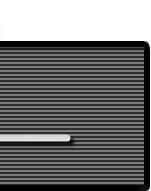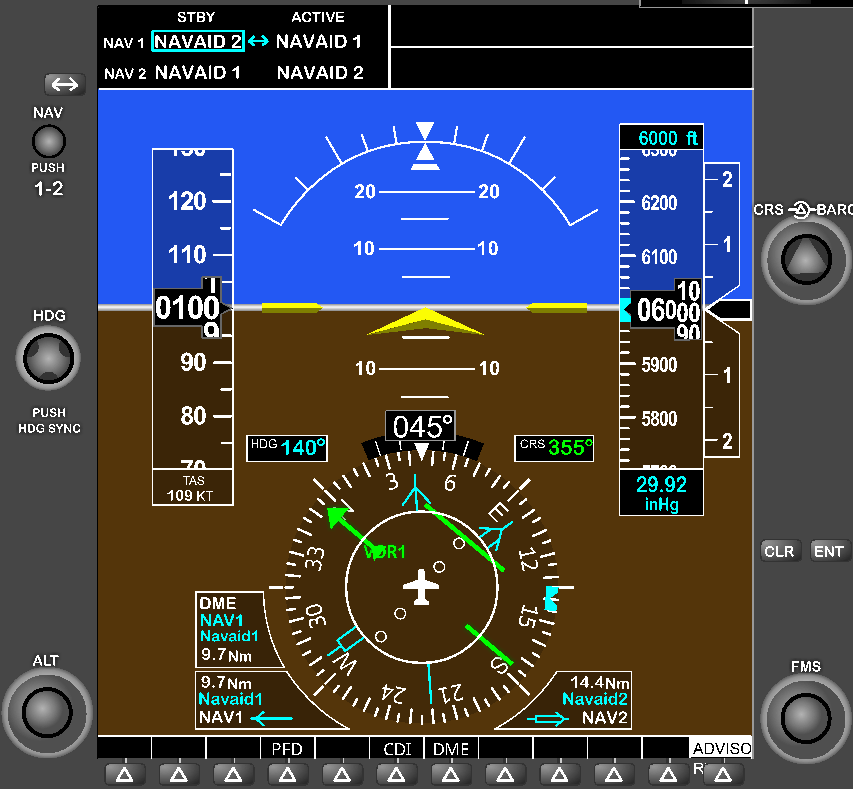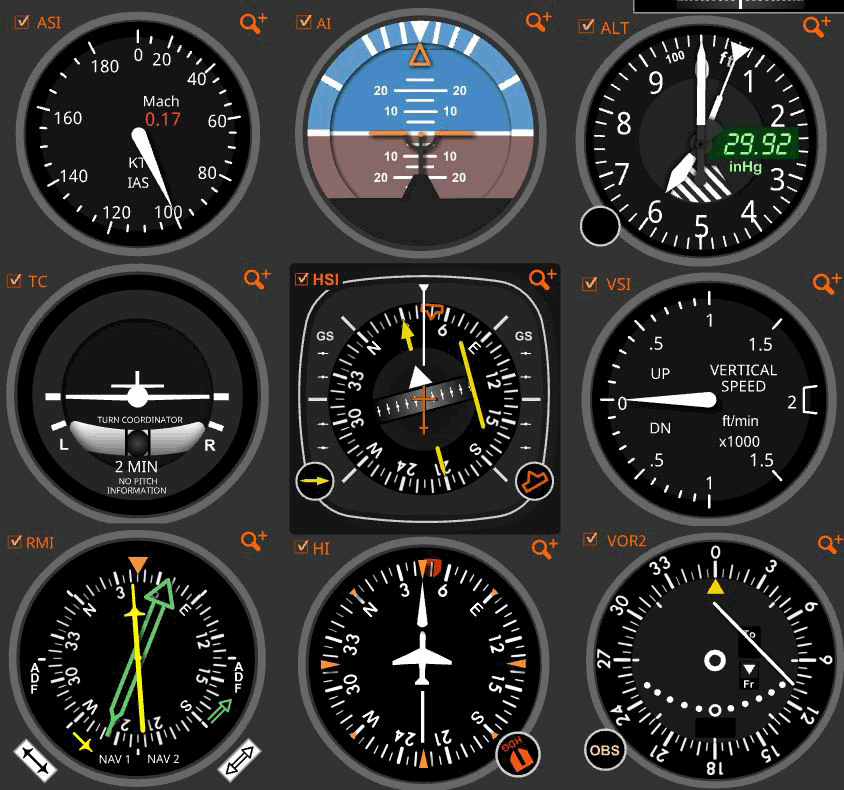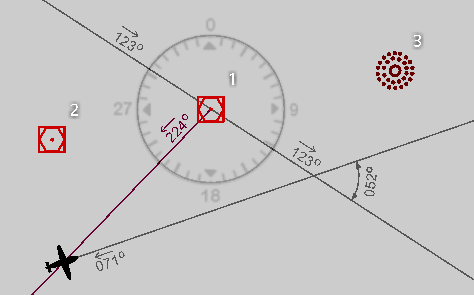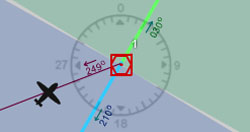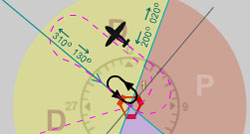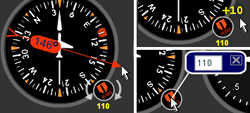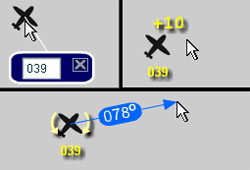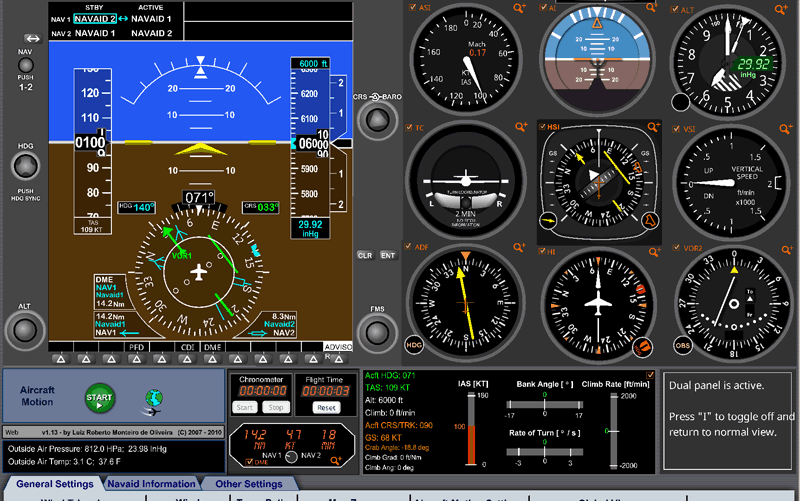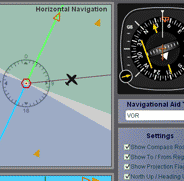To get started quickly, we recommend watching the quick start and other video tutorials for the Navigation Simulator PC Windows Version. While the online and PC versions are nearly identical, please note these key differences for the online version:
-
The Options Menu is always visible, so you don't need to press the 'O' key.
-
Keyboard shortcuts are shown below. You won't find them in a separate Help menu.
-
No ability to save settings in a file.
For a comprehensive guide, be sure to check out the other video presentations.
Important Note for the Glass Cockpit Panel: To change knob settings using the 'SHIFT' key method, you must hover your cursor over the knob's "hot spot" (yellow area that appear when hovering over), not just the center of the knob as you would with the analog panel.
DESCRIPTION
Navigation Simulator - Online (Browser) Version, based on the PC Windows version, was designed to demonstrate the approximate indication that a VOR, HSI, ADF and other instruments would display with varying positions of an aircraft in relation to certain navigational facilities. It essentially combines the VOR, HSI, RMI and ADF simulators all in one, and includes a glass cockpit style instrument panel. As mentioned above, the Navigation Simulator Online (browser) Version (this one) is essentially the same as the PC Windows version of the Navigation Simulator, with some other minor differences.
Select desired Navaid type and settings. Drag aircraft on horizontal or vertical panels to change the aircraft's position in relation to the facility. If North Up is selected aircraft heading changes can be set by positioning the cursor close to the aircraft on the horizontal panel then clicking the button when a "-" or "+" appears. If Heading Up is selected, aircraft heading changes can be set by positioning the cursor close to the navigational facility on the horizontal panel then clicking the button when a "-" or "+" appears.
Additionally there are two new ways to set the aircraft's heading:
1. Double clicking on the aircraft will cause a small window near the aircraft to open with the current heading in the edit box. Changing the value in the edit box to any value from 1 to 360 will change the aircraft heading to that heading.
2. Holding Shift key down (shift method) and moving the cursor near the aircraft center will display a blue arrow extending from the center of the aircraft with the current direction of the arrow from the aircraft in degrees displayed on the line. While holding the Shift key down and moving the mouse cursor around the map, the arrow radiating from the aircraft will follow the mouse constantly showing the direction from the aircraft. Clicking the mouse button will change the aircraft heading to the current direction of the blue line. Release the Shift button to hide the blue line.
Knobs are set the same way as the heading of the aircraft (as described above), except that instead of placing the mouse on the aircraft symbol, the mouse is placed on the knob (analog panel), or knob yellow hot spot (glass panel).
You can use the keyboard to control the movement of the aircraft. The following are the keys that control the aircraft (DON'T FORGET to press the 'Start" button for simulation to begin, otherwise the keys won't respond.
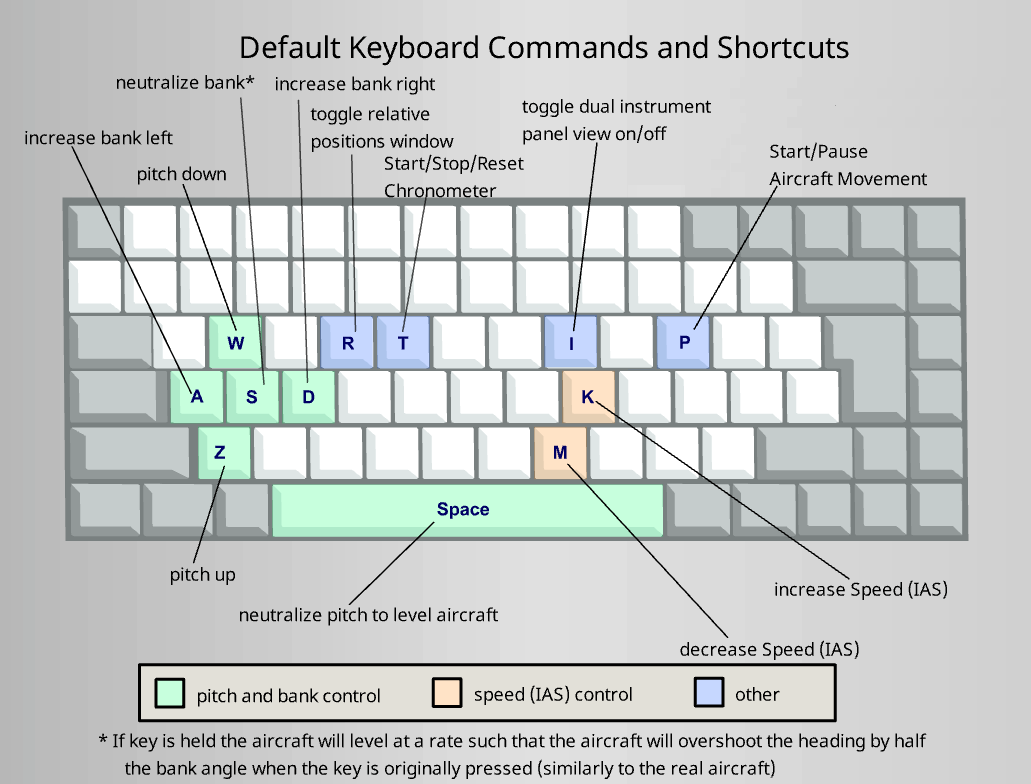
IMPORTANT KEYBOARD CONTROL NOTE: In addition to needing the "Start" button pressed, if clicking outside the simulator (like clicking on the browser scroll bar, text or any other area outside) the browser may stop sending the keyboard commands to the simulator. You must click on any blank portion of the simulator to allow the browser to transfer keyboard commands to it. You can also still drag and reposition the aircraft even if it is moving.
When Heading Up is selected, even though it may seem that the aircraft rotates around the navigational facility, the aircraft remains in the same position when changing heading. The reason for this is that the display will always show the navigational facility in the center of the display. This means that regardless if North Up or Heading Up is selected the aircrafts position will always be relative to the navigational facility.
Knobs are set the same way as the heading of the aircraft (as described above), except that instead of placing the mouse on the aircraft symbol, the mouse is placed on the knobs symbol.
General Explanation of Features:
Compass Rose - Used as an aid to show the orientation of the Horizontal Navigation panel. It serves the same purpose as the compass rose symbol on IFR en route charts to show direction in relation to the magnetic north.
To / From Region - Shows on the Horizontal Navigation panel the regions where the VOR flag will display To or From depending on where the aircraft is positioned.
Show OBS CRS To / From - Shows a line indicating the direction of course "To" (blue) and "From" (green).
Projection Flags - IFR approach plates have a profile view that displays the sideways vertical projection of the approach course. The projection flags serve to help visualize how and where this projection is made from the Horizontal Panel view. Notice how the aircraft moves on the Horizontal panel when it is dragged on the Vertical panel and vice versa. The movement is made in alignment with the projection flags.
Horizontal Panel - Displays the horizontal position of the aircraft in relation to the navigational facility the same way an IFR en route chart or an approach plate's plan view would.
Vertical Panel - Displays the vertical position of the aircraft in relation to the navigational facility the same way an approach plate's profile view would. It is used for several purposes:
 1. For the glide slope feature.
1. For the glide slope feature.
2. The DME measures slant range distance from the aircraft to the facility. Being able to control the altitude allows you to determine its influence and consequently the error associated to it.
Navigation Aid Type - Selects the type of navigational facility. Some features such as DME or glide slope will only
work with certain types of facilities.
Settings Section - Select and activate different feature such as setting wind, viewing wind triangle, zooming map and more.
General Settings Section - Select and activate different feature such as setting wind, viewing wind triangle, zooming map and more.
Other Settings Section - Contains additional settings such as the holding pattern template.
Navaid Information - Displays information such as radial, OBS setting, and more.
Performance - When using computers that that may be slower this section can be used to improve speed and processor usage by increasing preset parameters such as screen refresh rate and reducing size of the aircraft trace path. On faster computers you can take advantage of having smoother animation and a larger trace path.
Memory - Allows you to save a snapshot of aircraft position and settings to memory. In most browsers the memory will remain even if you close the page and load it again later so you can continue where you left off. Note: for users of luizmonteiro.com's. Navigation simulator the Memory function is not retained when the simulator is closed, since you can save the settings to a file.
*Please note that DME may not be present together with localizer, back course localizer, LDA or SDA approaches. The DME distance shown is the approximate value a DME would indicate if such navigational facility were collocated.
CAUTION: The behavior of the VOR and other information displayed is approximate for illustration purposes only and may not reflect the actual readings on the VOR and DME.

